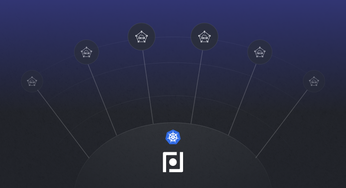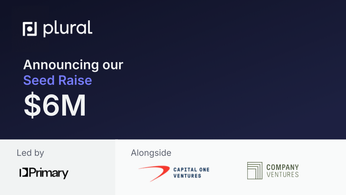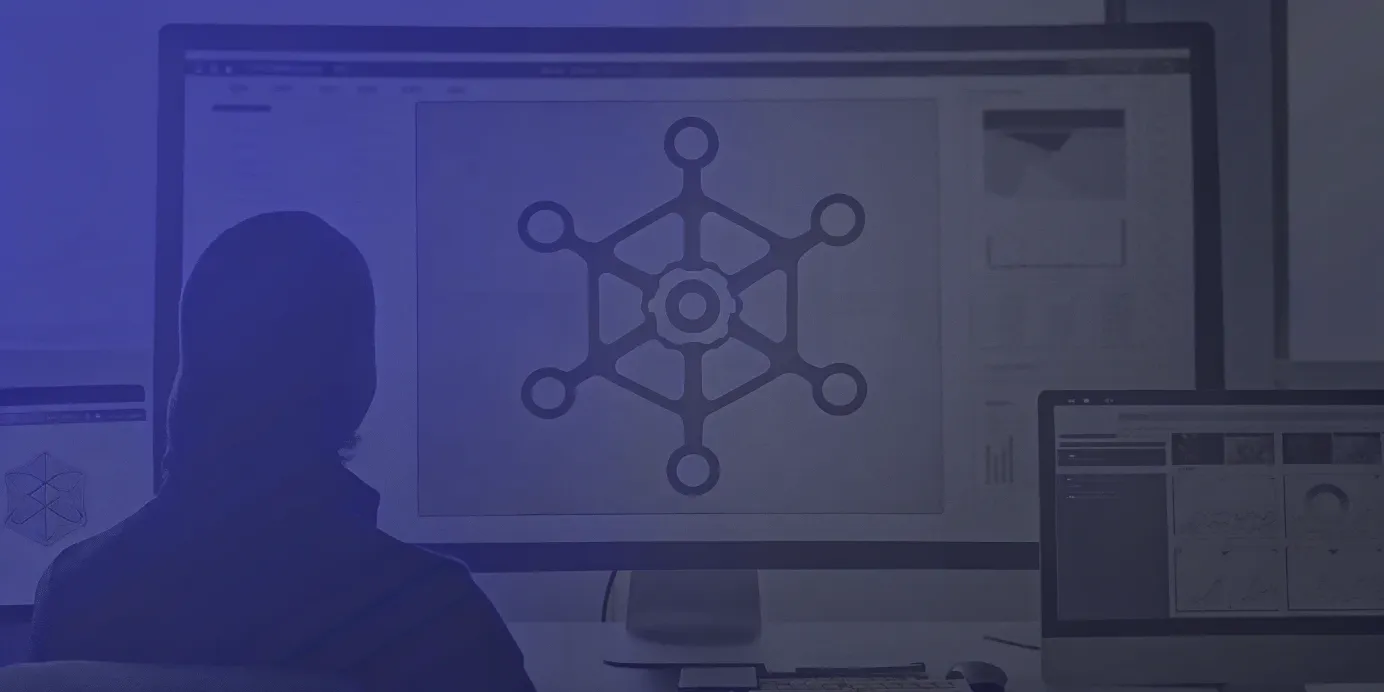
Runtime Security: What It Is & Why It Matters
Understand runtime security, its importance, and how it protects software during operation. Learn key components, best practices, and tools for effective implementation.
Table of Contents
Are your applications truly secure? In today's interconnected world, relying solely on traditional security measures is like locking your front door but leaving the windows open. Runtime security provides an additional layer of protection by continuously monitoring your applications for suspicious activity while they're running. This proactive approach is essential for detecting and mitigating threats that traditional security methods often miss, such as zero-day vulnerabilities and sophisticated attacks.
This article will explore the world of runtime security, explaining its core concepts and why it's so important in modern software development. We'll discuss how runtime security works, its advantages over traditional approaches, and the best practices for implementing it effectively. We'll also address the challenges of runtime security and provide practical solutions for overcoming them. Finally, we'll look at the future of runtime security and how it's adapting to the ever-evolving threat landscape.
Unified Cloud Orchestration for Kubernetes
Manage Kubernetes at scale through a single, enterprise-ready platform.
Key Takeaways
- Runtime security protects applications in real-time: Unlike traditional security, it continuously monitors software behavior to catch threats as they happen, which is crucial for today's dynamic applications.
- A multi-layered approach is key for robust runtime security: Combine access control, threat detection, continuous monitoring, and regular patching for comprehensive protection. Be prepared to address challenges like managing false positives and gaining visibility in complex environments.
- Runtime security must adapt to the changing tech landscape: Stay ahead of emerging threats and technologies by leveraging AI, machine learning, and staying informed about the latest security trends.
What is Runtime Security?
Definition and Core Concepts
Runtime security protects software as it operates, from development through production. Unlike traditional security methods that only scan code before it runs, runtime security actively monitors and analyzes software behavior in real-time. Think of it as a security guard constantly watching your applications for suspicious activity. This continuous observation allows runtime security to identify and address vulnerabilities and threats as they happen. It's not just about securing the final product; it's about ensuring security at every stage of the software lifecycle. This approach is crucial for identifying and mitigating vulnerabilities that might not be apparent during development or testing. Runtime security protects applications, workloads, and entire software systems during execution. This comprehensive approach ensures a robust security posture across your entire infrastructure.
Evolution of Security Measures
While solutions for securing runtime environments have existed for a while, the cybersecurity landscape is constantly evolving. The rise of cloud-native applications and increasingly sophisticated threats has led to a surge in dedicated runtime security solutions. This shift reflects the growing recognition of its importance in modern software development. The increasing complexity of cyber threats, coupled with the dynamic nature of cloud environments, demands specialized security measures.
Traditional security approaches are no longer sufficient to protect against the evolving threat landscape. Runtime security, with its ability to adapt and respond to real-time threats, has become essential for maintaining a strong security posture. This evolution is driven by the need for more agile and adaptable security solutions that can keep pace with the rapid changes in technology and the threat landscape. The use of AI and machine learning in runtime security allows systems to learn normal behavior and quickly identify anomalies, further strengthening defenses against emerging threats.
Why Runtime Security Matters in Modern Software
Today’s software operates differently than it did even a few years ago. Cloud-native applications, microservices architectures, and the constant threat of zero-day vulnerabilities demand a new approach to security—one that protects your systems and data while they’re running. That’s where runtime security comes in.
Cloud and Containerized Applications
Runtime security is essential for applications running in the cloud. Unlike traditional security measures that focus on pre-deployment checks, runtime security provides continuous protection in these dynamic and often shared environments. Cloud applications, frequently packaged in containers, are constantly changing and scaling, making them a prime target. Runtime security helps mitigate the risks inherent in these complex environments by monitoring for and responding to threats in real-time. This continuous vigilance is crucial because cloud environments, by their nature, introduce a broader attack surface due to their shared resources and interconnectedness.
Microservices Architecture
Modern applications often rely on microservices, where applications are broken down into smaller, interconnected services. While this approach offers flexibility and scalability, it also creates a more complex attack surface. A single vulnerability in one microservice can compromise the entire application. Runtime security addresses this by providing granular visibility into each service's behavior, allowing you to quickly identify and isolate threats. This comprehensive approach ensures that every component of your application is protected from development through production.
Zero-Day Vulnerability Protection
Perhaps the most compelling argument for runtime security is its ability to protect against zero-day vulnerabilities—new and unknown threats that haven’t yet been patched. Traditional security measures often fall short here, as they rely on known signatures and patterns. Runtime security takes a different approach. By monitoring application behavior in real-time, it can detect anomalies and deviations from established baselines, even if the specific vulnerability is unknown. This real-time threat detection is often powered by advancements in AI and machine learning, which enable runtime security systems to learn normal behavior and quickly identify anything suspicious.
How Runtime Security Works
Runtime security takes a proactive approach to threat detection and prevention. Instead of simply scanning code for vulnerabilities before deployment, runtime security observes application behavior in real-time, identifying and mitigating threats as they emerge.
Real-Time Monitoring and Behavioral Analysis
Runtime security uses real-time monitoring and behavioral analysis by continuously observing application activity, including system calls, file access, network connections, and data flow. This constant vigilance allows for the detection of anomalous behavior that might indicate a security breach. These tools establish baselines of normal application behavior and use these "models" to identify deviations. Any activity outside expected parameters, such as a sudden spike in network traffic or an attempt to access sensitive data, triggers an alert, allowing security teams to investigate and respond promptly. This real-time visibility is crucial for detecting and mitigating zero-day exploits and other sophisticated attacks that traditional security measures might miss.
Automated Response Mechanisms
Runtime security solutions don't just monitor; they actively respond to threats. These responses can range from blocking malicious requests and isolating infected systems to automatically patching vulnerabilities and terminating compromised processes. This automated response capability significantly reduces the time it takes to contain a security incident, minimizing potential damage. The ability to automatically respond is particularly valuable in cloud-native environments, where applications are constantly changing and scaling.
DevSecOps Integration
Runtime security aligns with the principles of DevSecOps, integrating security practices throughout the software development lifecycle. By incorporating runtime security into the DevSecOps pipeline, organizations can shift from reactive security measures to a proactive and continuous approach. This integration embeds security into every stage of development, from code creation and testing to deployment and ongoing maintenance. Automated security checks and real-time feedback loops help developers identify and address vulnerabilities early, reducing the risk of security issues surfacing in production. This proactive approach strengthens security and streamlines development processes, leading to faster release cycles and improved overall efficiency.
Runtime vs. Traditional Security
As software development practices evolve, so must our approach to security. Traditional security methods, often relying heavily on static analysis, are no longer sufficient in today's dynamic and complex environments. This section explores the differences between runtime security and traditional approaches, highlighting the advantages of dynamic protection and the importance of a comprehensive security strategy.
Comparing Runtime and Static Analysis
Traditional security typically uses static analysis, examining the code before it runs. Think of it like proofreading a document—you're looking for errors before publishing it. Static analysis tools scan the code for known vulnerabilities and coding errors, which is helpful but has limitations. It can't predict how the software will behave in a live environment or anticipate unknown threats.
Runtime security analyzes software while it's running. This real-time monitoring allows runtime security to catch issues that static analysis misses, including zero-day vulnerabilities—threats so new they haven't been identified yet.
Advantages of Dynamic Protection
The dynamic nature of runtime security offers several key advantages. Real-time monitoring provides immediate visibility into application behavior, including data flow and code execution. This lets you identify and address vulnerabilities as they emerge, preventing attacks before they cause significant damage. Because it operates in the live environment, runtime security can adapt to changing conditions and catch new threats that static analysis wouldn't recognize. This proactive approach strengthens your security and saves resources by preventing costly incidents.
Complementary Security Approaches
While runtime security offers significant advantages, it's most effective as part of a layered security strategy. Combining runtime security with other methods, such as static analysis and penetration testing, creates a more comprehensive defense. This layered approach addresses security at every stage of the software development lifecycle, from development to production. Integrating various security practices helps build a robust security posture that protects your applications from a wide range of threats.
Key Components and Best Practices for Effective Runtime Security
Runtime security is crucial for protecting today's dynamic applications. It's a multi-faceted approach, and understanding its key components and best practices is essential for a robust security posture.
Access Control and Authentication
Controlling access to your applications is fundamental. Strong access control mechanisms, including multi-factor authentication and role-based access control (RBAC), are vital. Runtime security tools can use models and rules to define normal program behavior and restrict unauthorized actions. This helps prevent malicious actors from exploiting vulnerabilities.
Threat Detection and Alerting
Effective runtime security relies on real-time threat detection. This involves continuously monitoring application behavior for anomalies and suspicious activities. Modern runtime security solutions go beyond simply checking code before runtime by actively analyzing software behavior during operation, allowing for faster identification and response to threats. A robust alerting system is also critical, promptly notifying security teams of potential issues so they can take action.
Continuous Monitoring and Assessment
Continuous monitoring and assessment are essential for maintaining a strong security posture. Runtime security provides deep visibility into application behavior, including data flow and code execution. This ongoing insight helps identify vulnerabilities and performance bottlenecks early on, preventing them from escalating into larger problems. Regular security assessments also help ensure your defenses remain effective against evolving threats.
Enforce Security Policies
Once you've defined your security policies, runtime security tools help enforce them. This ensures consistent application behavior and compliance with industry regulations. This active enforcement helps prevent security breaches and data leaks.
For instance, platforms like Plural simplify enforcing uniform security policies across complex Kubernetes clusters, minimizing potential vulnerabilities and compliance gaps. Learn more at Plural.sh or book a demo today!
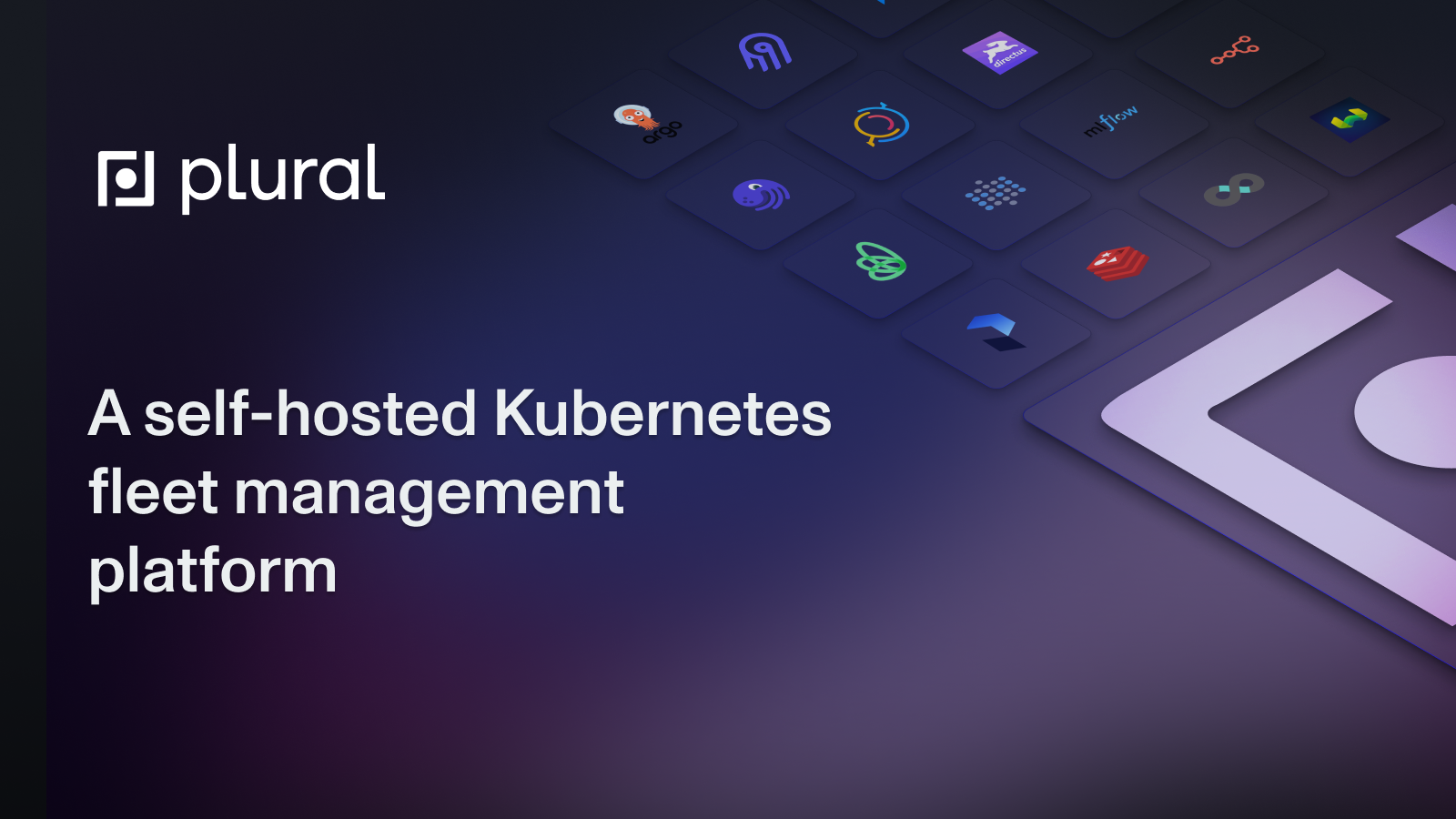
Update and Patch Regularly
Staying up-to-date with security patches is a cornerstone of any effective security strategy. Regularly patching known vulnerabilities helps prevent exploitation. Frequent vulnerability scanning and patching to minimize your attack surface are recommended. This proactive approach helps keep your applications secure and resilient.
Challenges of Implementing Runtime Security
While runtime security offers significant advantages, implementing it can present some hurdles. Understanding these challenges is the first step to effectively addressing them and building a robust security posture.
Address False Positives and Alert Fatigue
One common challenge is the sheer volume of alerts generated by runtime security tools. A high volume of alerts can lead to alert fatigue, where security teams become desensitized and may overlook critical security threats. Fine-tuning your security tools to minimize false positives is essential. This involves carefully configuring rules and thresholds and leveraging threat intelligence to prioritize real threats. Prioritizing alerts based on their severity and potential impact helps teams focus on the most pressing issues.
Gain Visibility in Complex Environments
Modern applications often run in complex, distributed environments, making comprehensive visibility into application behavior a challenge. Microservices architectures and cloud-native deployments can create intricate webs of interconnected services, making it difficult to track data flow and identify vulnerabilities. Effective runtime security tools need to provide clear visibility into these complex interactions to detect and mitigate threats.
Manage Dynamic Infrastructure
The dynamic nature of cloud infrastructure presents another challenge. Constantly provisioning and de-provisioning resources makes maintaining consistent security policies difficult. Runtime security must adapt to these changes automatically, ensuring continuous protection across your entire infrastructure. This adaptability is key to securing cloud environments.
Secure Containerized Applications
Containerized applications introduce unique security considerations. The ephemeral nature of containers and the shared resources within a cluster can create vulnerabilities if not properly secured. Runtime security for containers requires specialized tools and techniques to address these specific risks.
Tools and Technologies for Runtime Security
Protecting your systems during operation requires a multi-layered approach. A range of tools and technologies are available to enhance your runtime security posture. Let's explore some key players:
Runtime Application Self-Protection (RASP)
Think of Runtime Application Self-Protection (RASP) as a bodyguard for your applications. RASP integrates directly into an application's runtime environment, continuously monitoring its behavior and providing real-time threat detection. Unlike traditional security measures that operate at the perimeter, RASP has intimate knowledge of the application's logic and data flow. This allows it to identify and neutralize attacks with greater precision, even if they bypass other security layers. RASP can analyze application behavior and pinpoint malicious activity, blocking attacks before they cause damage.
Cloud Workload Protection Platforms (CWPP)
Cloud Workload Protection Platforms (CWPPs) offer comprehensive security for workloads residing in the cloud, encompassing virtual machines, containers, and serverless functions. These platforms provide a centralized view of your cloud security posture, enabling you to monitor compliance and detect threats across diverse environments. CWPPs offer features for visibility, compliance, and threat detection, ensuring consistent security across your cloud deployments.
AI and Machine Learning in Threat Detection
Artificial intelligence (AI) and machine learning are transforming runtime security by enhancing threat detection capabilities. These technologies can analyze vast amounts of data in real-time, identifying subtle patterns and anomalies that might indicate malicious activity. This proactive approach allows security teams to respond to threats more quickly and effectively, reducing the risk of successful attacks.
Open-Source Tools and Their Functions
Open-source tools provide valuable resources for securing Kubernetes environments. Falco, for example, acts as a runtime security watchdog by monitoring system calls and detecting suspicious activity. It alerts you to potential threats, allowing for swift intervention. Another useful tool, Kube-hunter, helps identify vulnerabilities in your cloud-native environments, strengthening your overall security posture. These open-source solutions offer powerful capabilities for enhancing runtime security within the Kubernetes ecosystem.
Runtime Security in Kubernetes
Kubernetes has become essential for modern application deployments, orchestrating containerized workloads and simplifying complex deployments. However, this widespread adoption brings unique security challenges that require specialized runtime security measures.
Kubernetes-Specific Challenges
The dynamic and distributed nature of Kubernetes introduces complexities not present in traditional environments. A single vulnerability or misconfiguration can have cascading effects, leading to significant security incidents like data breaches, service disruptions, and unauthorized access. The increasing popularity of Kubernetes expands the attack surface and makes robust security practices even more critical. As more organizations adopt Kubernetes, often as part of larger digital transformation initiatives, the need for effective runtime security becomes paramount.
Kubernetes Runtime Security Best Practices
Implementing robust runtime security in Kubernetes requires a proactive approach. Shifting security left with DevSecOps practices helps automate security integration at every stage of the software development lifecycle. This means building security into the design and development process, minimizing vulnerabilities, and strengthening your overall posture. Given the potential business impact of security breaches, prioritizing runtime security is a necessity.
Kubernetes Security Tools
A range of tools exists to help secure your Kubernetes environments. Kubernetes runtime security tools focus on monitoring, analyzing, and protecting containerized applications and their underlying infrastructure during operation. These tools provide real-time visibility into your cluster, allowing you to detect and respond to threats quickly. Both commercial and open-source options are available. For example, Falco and Kube-hunter are some of the popular open-source options. Exploring the available Kubernetes security tools and choosing the right ones for your requirements is crucial for establishing a strong security posture.
Platforms like Plural help maintain compliance in even the most complex Kubernetes environments by safeguarding infrastructure with secure, scalable management. With centralized SBOM management and scalable policy enforcement, they ensure that internal security standards are met and misconfigurations are prevented, strengthening the overall security posture.
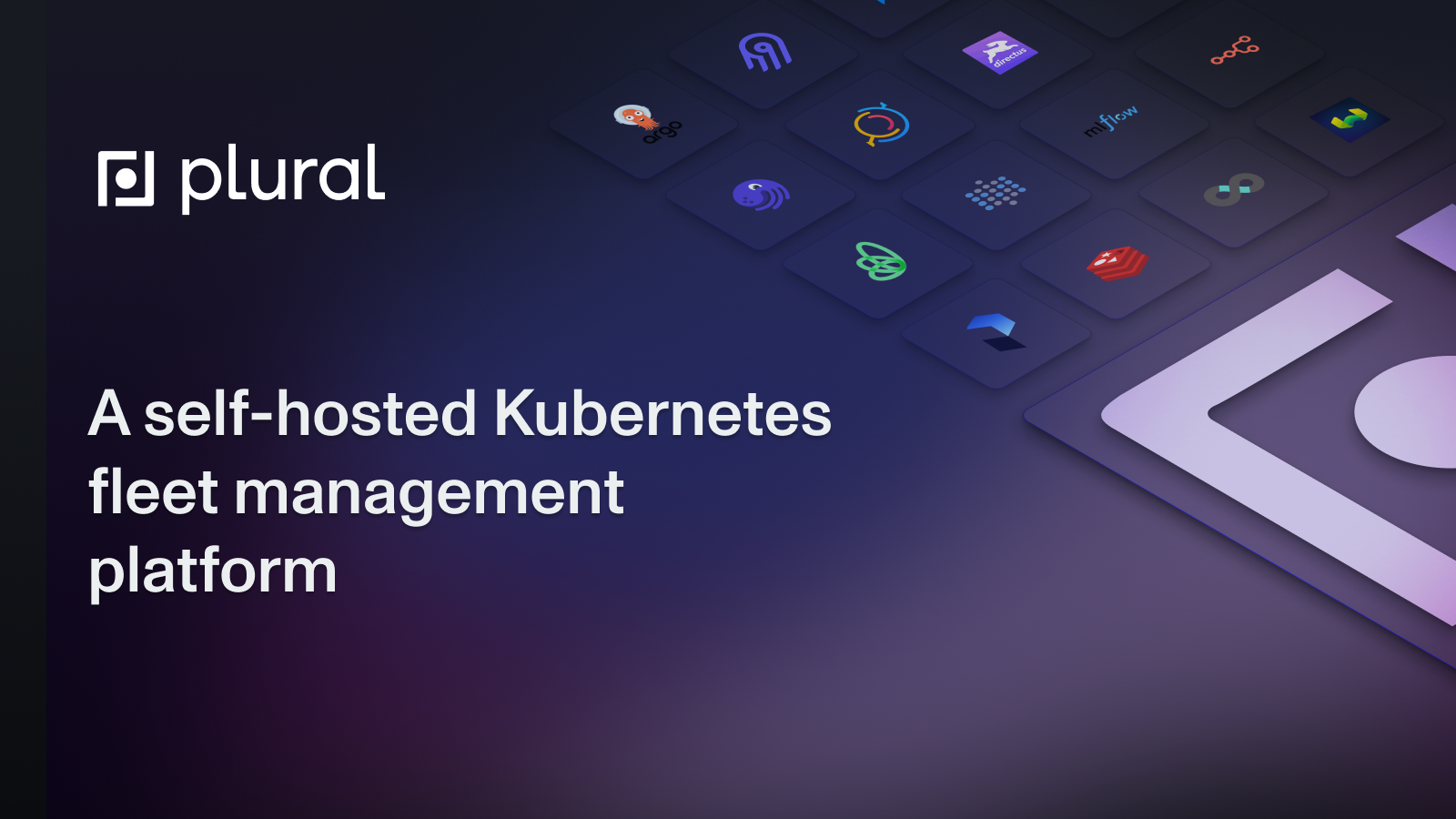
Related Articles
- Secure, self-hosted applications in your cloud
- What is Continuous Deployment?
- The Quick and Dirty Guide to Kubernetes Terminology
Unified Cloud Orchestration for Kubernetes
Manage Kubernetes at scale through a single, enterprise-ready platform.
Frequently Asked Questions
How does runtime security differ from traditional security approaches?
Traditional security focuses on preventing vulnerabilities before software is deployed, like checking for errors in a document before printing. Runtime security, however, actively protects software as it operates, continuously monitoring for suspicious behavior and responding to threats in real-time. It's like having a security guard constantly watching your application.
Why is runtime security important for cloud-native applications?
Cloud-native applications, often built using microservices and deployed in containers, are constantly changing and scaling. This creates a dynamic environment with a larger attack surface. Runtime security provides continuous protection in these environments, monitoring for and responding to threats as they happen, unlike traditional methods that only check for vulnerabilities before deployment.
What are the key components of a robust runtime security strategy?
A strong runtime security strategy involves several key elements. Access control and authentication are fundamental, ensuring only authorized users and processes can interact with your applications. Real-time threat detection and alerting are crucial for identifying and responding to suspicious activity quickly. Continuous monitoring and assessment provide ongoing visibility into application behavior, helping identify vulnerabilities and ensure your defenses remain effective. Enforcing security policies and regularly updating and patching software is also essential for maintaining a strong security posture.
What are some common challenges in implementing runtime security, and how can I overcome them?
One common challenge is managing the volume of alerts generated by security tools. Fine-tuning your tools to minimize false positives and prioritizing alerts based on severity can help prevent alert fatigue. Gaining visibility in complex environments can also be difficult. Choose tools that provide clear visibility into the interactions between different services and components. Finally, the dynamic nature of cloud infrastructure requires runtime security to adapt automatically to changes. Select tools that can maintain consistent security policies across your evolving infrastructure.
What are some examples of tools and technologies used for runtime security?
Several tools and technologies support runtime security. Runtime Application Self-Protection (RASP) integrates directly into applications, providing real-time threat detection and protection from within. Cloud Workload Protection Platforms (CWPPs) offer comprehensive security for workloads in the cloud, including virtual machines and containers. AI and machine learning enhance threat detection by analyzing vast amounts of data to identify patterns and anomalies. Open-source tools like Falco and Kube-hunter provide valuable capabilities for monitoring and vulnerability scanning in Kubernetes environments.
Newsletter
Join the newsletter to receive the latest updates in your inbox.





